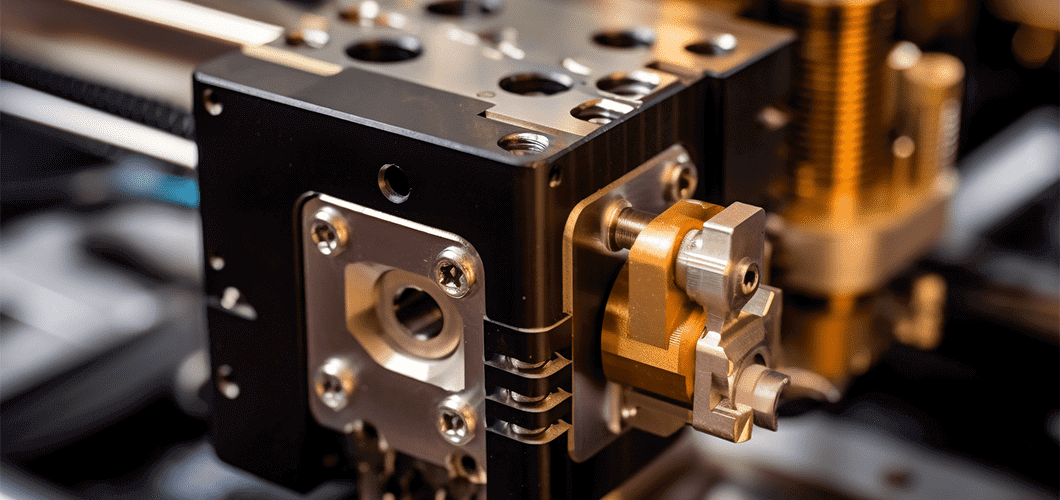Release time: July 21, 2023
Views: 854

The thermoelectric cooler assembly is an electronic device for heat transfer, which can maintain a temperature difference between the two ends of the device. When the temperature of the hot surface Th reaches 50°C, the temperature difference can exceed 75°C (single-stage device). When the heat of the hot surface is continuously When it is removed, the heat is continuously pumped out from the cold surface. The pumping rate is related to the power of the device. Generally, the higher the power, the greater the rate. In order to balance the cooling effect and cost well, the following four specifications are the key when selecting thermoelectric cooler assemblies.

1. Dimensions
The general specifications of the device are square, there are also rectangular and circular, pagoda-shaped multi-level devices, etc. The thickness of a single-layer device is about 3-5mm, and the thickness of a double-layer or multi-layer is nearly a multiple of 3mm.
2. Maximum cooling capacity (cooling capacity)
The maximum value of heat that can be pumped from the cold surface while maintaining the temperature of the hot surface of the device at 27°C (or 50°C). The cooling capacity in actual use is usually much less than this value. The maximum cooling capacity is generally used to compare the cooling capacity of devices with different specifications.
3. Maximum temperature difference voltage
The ability of the device to maintain the temperature difference between both ends is proportional to the DC voltage applied to the device. The voltage at which the maximum temperature difference is reached is called the maximum temperature difference voltage. After the applied voltage exceeds this voltage, the temperature difference will decrease. The maximum temperature difference voltage is used when measuring the maximum cooling capacity. The voltage of the device should be lower than this voltage. The most commonly used range is 70%--80% of the maximum voltage. When the required temperature difference is small, a smaller voltage can be used. At this time, the maximum temperature difference and maximum cooling capacity that can be obtained are correspondingly small. This parameter indicates the voltage range over which the device operates.
4. Maximum temperature difference current
The maximum temperature difference current is an important index to determine the power of the device. Sometimes it is represented by the resistance value. It is the current value under the maximum temperature difference voltage when the temperature of the cold and hot surfaces is 27°C (the temperature difference is 0). The current of the device is generally less than this value when it is working, the actual working current will decrease as the temperature difference increases and the temperature of the hot surface increases. This value can more intuitively represent the power of the cooling device, and also indicates the current range of the device when it is working.
Looking for more
information?

0755 23405284
Email: sale02@hj-tc.com
Add: 3/F No.5 Building,Yesun Pingshan Life and Health Technology Park, No. 19 Linhui Road,Pingshan District, Shenzhen, Guangdong,CN.
©2019- 2024 Huajing Co.,Ltd.Copyright